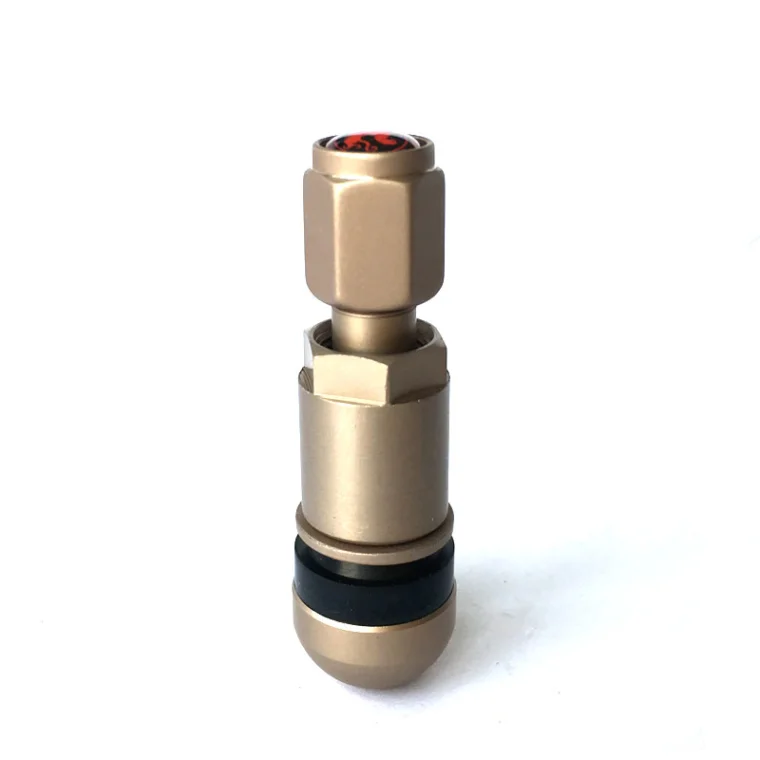When it comes to maintaining your chainsaw, one of the most crucial skills you can acquire is the ability to sharpen the chain effectively. A sharp chainsaw not only enhances cutting efficiency but also ensures safety and prolongs the lifespan of the tool. In this article, we will delve into the intricacies of chainsaw sharpening, covering essential techniques, tools, and tips to help you achieve professional-level results.
Understanding the Importance of a Sharp Chainsaw
Before we dive into the sharpening process, it’s vital to understand why keeping your chainsaw sharp is essential. A dull chain can lead to several issues:
- Increased Wear and Tear: A dull chain requires more force to cut through wood, leading to excessive wear on the motor and other components.
- Safety Hazards: A chainsaw that struggles to cut can kick back more easily, posing a significant safety risk to the operator.
- Inefficiency: A sharp chain cuts faster and cleaner, saving you time and effort during your cutting tasks.
Tools Required for Sharpening a Chainsaw
To sharpen your chainsaw effectively, you will need a few essential tools:
- Chainsaw File: A round file is the most common tool for sharpening chainsaw teeth. The size of the file should match the pitch of your chain.
- File Guide: This tool helps maintain the correct angle while filing, ensuring consistent results.
- Depth Gauge Tool: This tool measures the height of the depth gauges (or rakers) on the chain, allowing you to adjust them as needed.
- Flat File: Used for lowering the depth gauges to ensure they are not too high, which can hinder cutting performance.
- Protective Gear: Always wear safety glasses and gloves to protect yourself during the sharpening process.
Step-by-Step Guide to Sharpening Your Chainsaw
Step 1: Prepare Your Workspace
Choose a clean, well-lit area to work on your chainsaw. Ensure you have all your tools within reach and that the chainsaw is turned off and unplugged (if electric).
Step 2: Secure the Chainsaw
Stabilize the chainsaw by placing it on a sturdy surface or using a chainsaw vise. This will prevent movement while you sharpen the chain.
Step 3: Inspect the Chain
Before sharpening, inspect the chain for any damage, such as broken teeth or bent links. If you find significant damage, consider replacing the chain instead of sharpening it.
Step 4: Sharpen the Cutting Teeth
- Identify the Cutting Teeth: Locate the cutting teeth on the chain. Each tooth has a specific angle that must be maintained during sharpening.
- File the Teeth: Using the round file and file guide, start sharpening the first tooth. Position the file at the correct angle (usually between 25 to 35 degrees) and apply even pressure while moving the file in a forward motion. Repeat this process for each tooth, ensuring you maintain the same angle and number of strokes for consistency.
- Alternate Sides: After sharpening one side of the chain, switch to the other side and repeat the process.
Step 5: Adjust the Depth Gauges
After sharpening the cutting teeth, it’s essential to check and adjust the depth gauges. Use the depth gauge tool to measure the height of each gauge. If they are too high, use the flat file to lower them to the appropriate level, typically around 0.025 inches below the cutting teeth.
Step 6: Clean the Chain
Once you have finished sharpening, clean the chain to remove any metal filings or debris. This will help maintain the chain’s performance and prevent rust.
Maintenance Tips for Prolonged Sharpness
- Regularly Inspect Your Chain: Check for dullness or damage before each use.
- Avoid Cutting Hard Materials: Cutting through dirt, rocks, or metal can dull your chain quickly.
- Store Properly: Keep your chainsaw in a dry place and consider using a protective cover to prevent damage to the chain.
Conclusion
Sharpening a chainsaw may seem daunting at first, but with the right tools and techniques, it becomes a manageable task that can significantly enhance your cutting experience. By following the steps outlined in this guide, you can ensure that your chainsaw remains in optimal condition, providing you with efficient and safe performance for years to come. Remember, a sharp chainsaw is not just a tool; it’s an investment in your safety and productivity. Happy cutting!

Average Rating